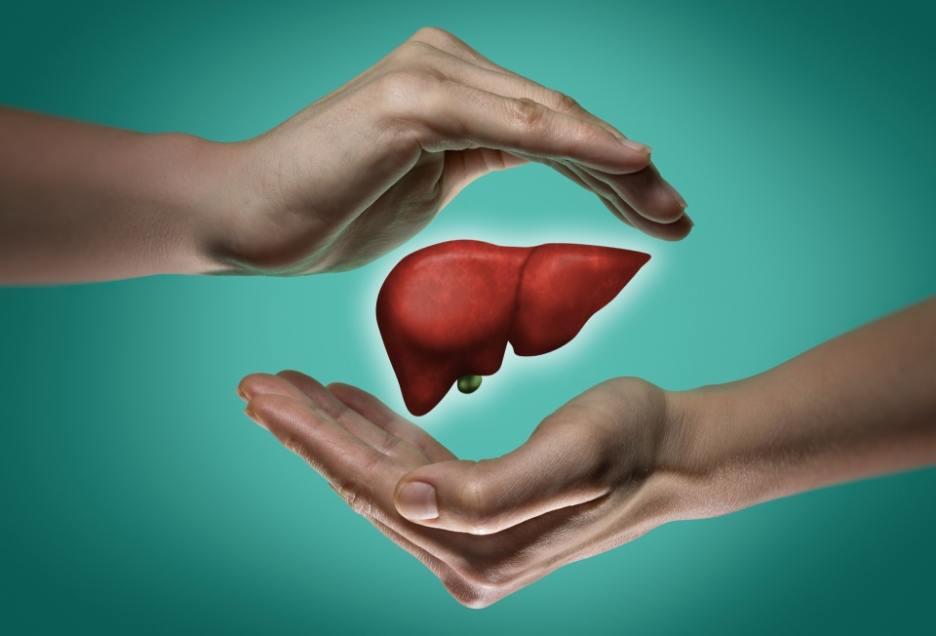DID YOU KNOW THE MAIN CAUSES OF FATTY LIVER ?
There are three main types of hepatic steatosis
- Alcoholic hepatic steatosis.
- The nonalcoholic hepatic steatosis.
- The acute hepatic steatosis of pregnancy.
Nonalcoholic hepatic steatosis is an emerging disease that encompasses a broad spectrum of liver conditions, from simple steatosis to advanced pictures with fibrosis and necroinflammation, to the development of cirrhosis and hepatocellular carcinoma.
The onset of hepatic steatosis includes the accumulation of triglycerides in liver tissue cells.The main factors for this event are excessive consumption of fatty foods (obesity, insulin resistance and malnutrition), increased triglyceride synthesis (hyperinsulinemia, excessive consumption of carbohydrates) and some changes on lipid metabolism (medication intake, an increase in VLDL synthesis, insulin resistance).
Nonalcoholic hepatic steatosis is frequently encountered (50%) among patients with type 2 diabetes. Insulin plays a key role in the uptake of fatty acids from cells, as well as glucose. As resistance to insulin function develops, levels of circulating fatty acids increase because they cannot be absorbed by cells.
The other cause of hepatic steatosis is obesity. Obesity is assessed according to body mass index (BMI), which is calculated by dividing body weight (kg) by height (meters) squared. Increasing the BMI value also increases the risk of incidence to hepatic steatosis.
Metabolic syndrome being characterized by the occurrence of conditions such as obesity, hyperlipidemia, hypertension and reduced insulin sensitivity, there is at least a threefold increased risk of diabetes and especially of fat accumulation in the visceral and arterial compartments, hence atherosclerosis and liver, hence NAFLD (non alcoholic fatty liver disease) or simple hepatic steatosis NASH (non alcoholic steatohepetatitis.)
Virus infections: Chronic Hepatitis C causes a more or less substantial increase in fat in liver cells. During HIV infection, fat accumulation in the liver is common, either spontaneously or following antiretroviral therapy.
Alcoholic liver steatosis is caused by the accumulation of triglycerides at the level of liver cells, caused by excessive alcohol consumption. Additional factors, such as, obesity and a high-calorie, hyperlipidic diet, may be added to promote triglyceride accumulation in the liver.
Acute hepatic steatosis of pregnancy is a rare, little-known condition that occurs near term. Patients may have an inherited defect in mitochondrial beta oxidation of fatty acids (which provides energy for skeletal and cardiac muscle).
Tinghino, B. (2003). La fitoterapia nella disassuefazione da tabagismo. Tabaccologia, 2, 33-38. Romeo, E., Amante, A., De Luca, G., & Caserta, C. (2018). STEATOSI EPATICA NON ALCOLICA, RISCHIO CARDIOVASCOLARE E ATEROSCLEROSI. Lampi di stampa. Andreoni, M. Gestione della steatosi epatica non alcolica: dallo stile di vita, all'alimentazione, alla terapia di oggi e del futuro. GRASSO, C. S. N. F. LA SILIMARINA. Scoglio, R., & Grattagliano, I. Nuove linee guida americane per la gestione dei pazienti con steatosi epatica non alcolica in soggetti adulti nelle Cure Primarie. Fatti non foste a viver come bruti Ma per seguir virtute e canoscenza…, 10. Peritore, A., Di Lisi, D., Meschisi, M., Macaione, F., Cuttitta, F., Panno, D., ... & Novo, S. (2011). Sindrome metabolica e steatosi epatica: valutazione degli indici di insulino-resistenza e dei marker di flogosi. Cardiologia Ambulatoriale, 2, 90-96. Bugianesi, E., & Marietti, M. (2016). Non-alcoholic fatty liver disease (NAFLD). Recenti Progressi in Medicina, 107(7), 360-368.


